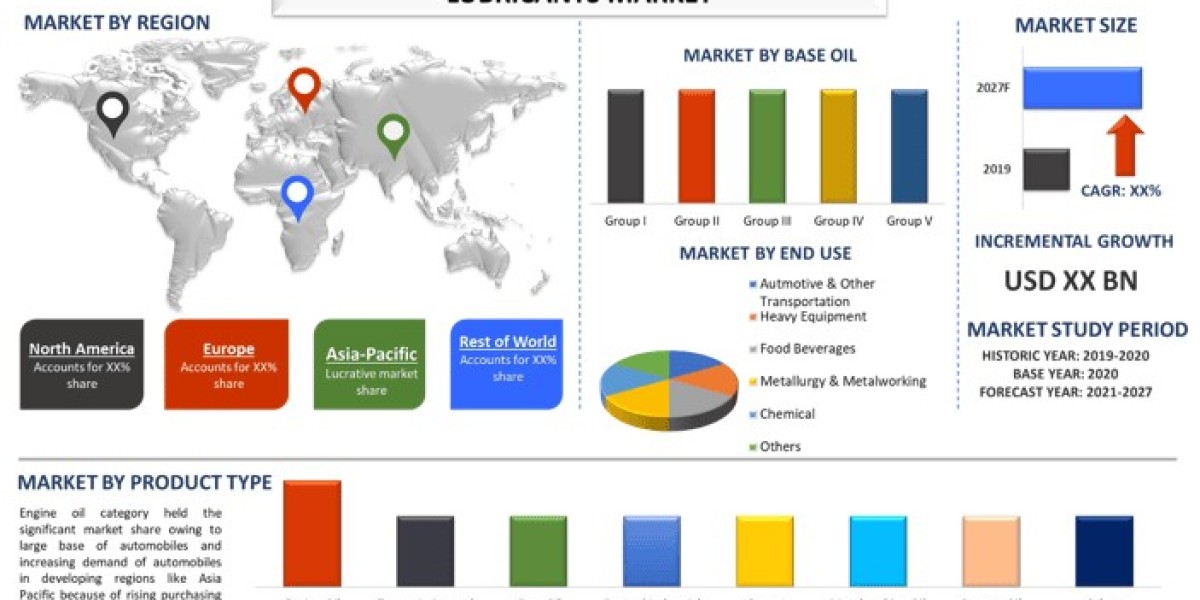Centralizing business intelligence through system integration transforms data into your most strategic asset. It fosters shared understanding, reduces inefficiencies, and gives organizations the agility to compete in real time.
Why Centralize BI?
System integration connects diverse data sources—CRM, ERP, e-commerce, marketing, operations—into a cohesive analytics platform. This not only eliminates data silos but ensures consistency, clarity, and trust in your insights.
Some key advantages include:
- Unified Data Accuracy & Trust
All stakeholders access the same clean, structured data—eliminating confusion from duplicated or inconsistent records. - Efficiency & Speed
Manual data consolidation fades away. With automated pipelines, teams access insights faster and focus on analysis—not wrangling spreadsheets. - Cross-functional Collaboration
One coherent BI platform fosters transparency and shared understanding across departments, from marketing to finance. - Cost Savings & Scalability
Eliminating redundant departmental BI systems reduces costs. Cloud integration and central warehouses allow rapid scaling as needs grow.
Integrating Systems: How It Works
Vionsys highlights the following integration strategy:
- Extract data from each business system.
- Transform it into unified, analytics-ready formats.
- Load into a central repository—a data warehouse or cloud lake.
This integration pipeline consolidates data across applications, enabling seamless BI access.
Supporting technologies and approaches that enhance this process include:
- ELT over Batch ETL: Transforming data after loading allows near real-time refreshes—vital for timely insights.
- Data Virtualization & EII: These create unified views without moving data—minimizing redundancy and ensuring live access.
- Competency Centers (ICC/BICC): Creating Centers of Excellence fosters governance, ensures integration best practices, and streamlines support.
Implementation Tips & Key Considerations
- Adopt Incrementally: Prioritize high-impact data sources first to demonstrate value, then expand.
- Strengthen Data Governance: Consistent definitions, access controls, and documentation are essential.
- Avoid Integration Bottlenecks: Empower cross-functional teams to reduce reliance on a single BI or IT group.
- Plan for Scale: Cloud-based warehouses and modern BI tools ensure future readiness.
- Engage Stakeholders: Secure buy-in from leadership and end users to drive adoption and collaboration.
These align with Vionsys’ recommendations of methodical system integration and continuous management to centralize BI successfully.






